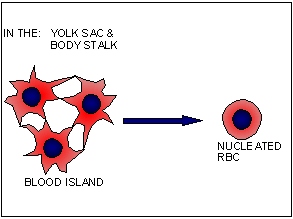

Cell death within EBs was unaffected by Egfl7 knock-down. Formation of these sheets was due, at least in part, to increased proliferation specifically of CD31+ cells. A partial remodelling occurred by 14 days of differentiation when fewer CD31+ sheets were seen both within EBs, and as outgrowths from EBs. Similar CD31+ sheets were also seen as outgrowths from 7 day EBs into collagen gels.

Only up to 60% of these sheets co-expressed basement membrane and endothelial cell junction markers. Knock-down of Egfl7 resulted in the formation of abnormal sheet-like CD31+ structures that were abundant within EBs after 7 days of differentiation. Egfl7 was knocked down in mouse ESCs and the effect on vascular development was assessed using the in vitro embryoid body (EB) model after either 7 or 14 days of differentiation. Here we use an siRNA knock-down approach to target specific regions of Egfl7 without affecting miR-126 expression. Interpretation of mouse knockout studies has been complicated by the fact that deletion of miR-126, an intronic microRNA located within Egfl7, results in vascular defects. While it has been shown that Egfl7 knock-down in zebrafish impairs endothelial cord formation, the role of the gene in mammals has been unresolved. Epidermal growth factor-like domain 7, Egfl7, is a largely endothelial restricted gene which is thought to have a role during the differentiation of embryonic stem cells (ESCs) along the endothelial lineage.


 0 kommentar(er)
0 kommentar(er)
